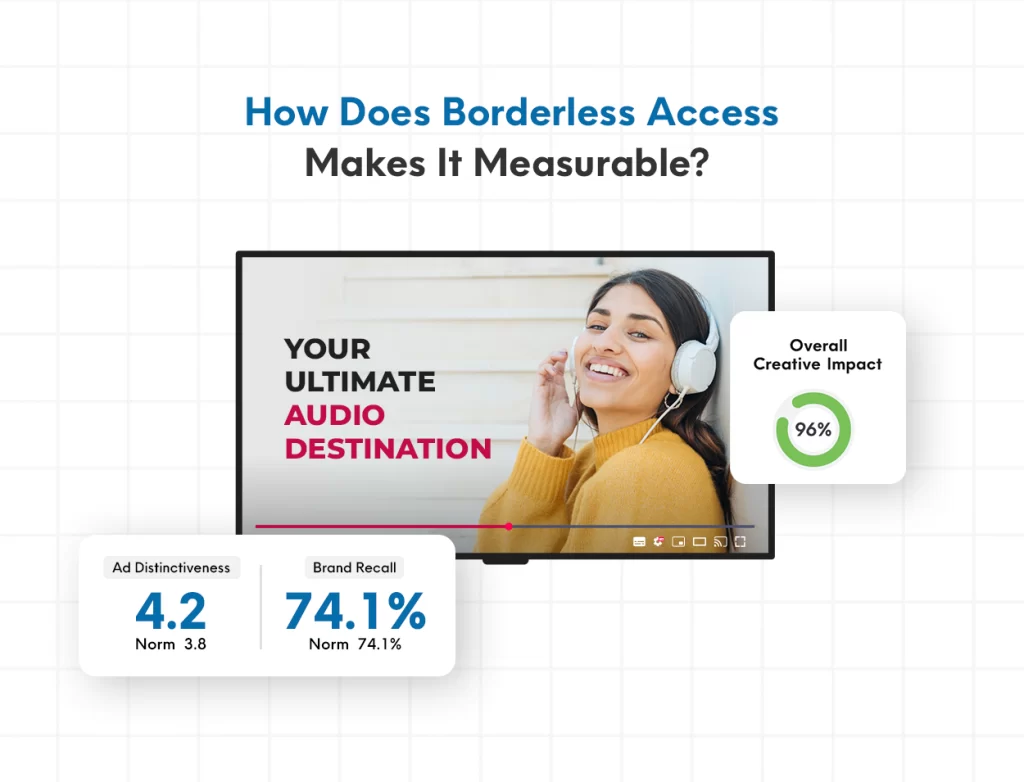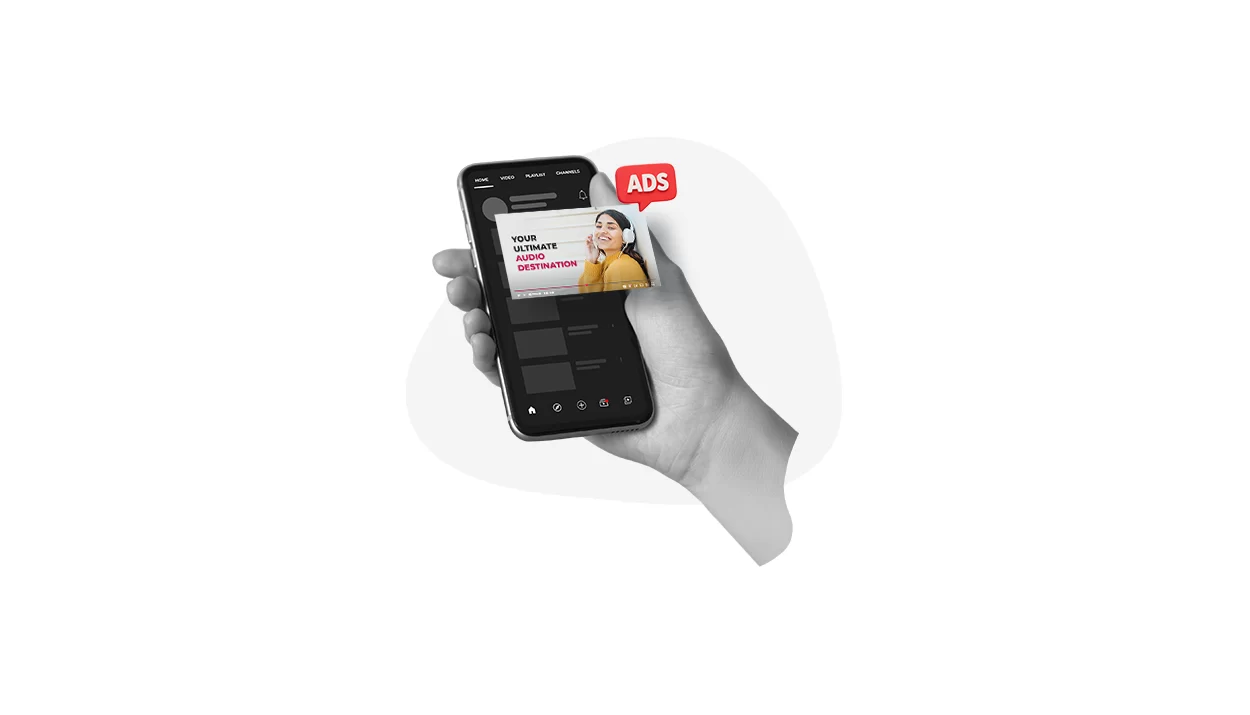In today’s scroll-happy world, ads don’t just need to inform — they need to vibe too.
Welcome to the era of vibe marketing, where brands win hearts not by selling features, but by selling moods, moments, and meaning. Whether it’s a dreamy TikTok reel, a lo-fi Instagram story, or a nostalgic soundtrack layered over minimalist visuals, today’s best-performing campaigns do not shout, they resonate. They speak the language of emotion, cultural cues, and aesthetics that audiences instinctively connect with. A shift that demands a fresh approach to advertising effectiveness measurement.
What makes this a new frontier for brands is that it flips the traditional script. Instead of asking, “What do we want to say?” marketers now ask, “What do they want to feel?” And for younger audiences, especially Gen Z and young millennials — that emotional nuance is everything. They don’t just buy into products; they buy into energy, vibe, and cultural relevance.
A great example of vibe marketing done right is the “Tomorrow is Yours“ campaign by one the global banks for one of its youth-focused products. The campaign invited Gen Z users to upload a photo and describe their aspirations, which were then transformed into personalized AI-generated visuals of their imagined future selves. It tapped into themes of self-expression, aspiration, and digital aesthetics — all key to vibe-driven storytelling. Visually engaging and emotionally resonant, the campaign struck the right cultural chord, resulting in over 3,500 user entries and widespread organic engagement across social platforms.
This shift to “vibe marketing” is fast becoming the next big thing for brands aiming to stay relevant. Because in an attention economy, the strongest ROI comes from resonance — and resonance begins with the right vibe.
But here’s the challenge: how do you measure whether a “vibe” actually works?
Most traditional ad metrics can tell you what was seen or clicked — but not why it moved someone. And in a climate where attention is fleeting and emotional alignment drives loyalty, brands can’t afford to guess what’s landing.
What to Test While Selling a Vibe — and Why Traditional Metrics Fall Short?
When your campaign is built on a feeling, testing needs to go beyond clicks and impressions. Vibe marketing hinges on subtleties — like the warmth of a visual, the nostalgia in a soundtrack, or the tone of a voiceover — and every element plays a role in how the brand is perceived. So, what exactly should brands test?
- Mood and Emotion Mapping: Does the ad evoke calm, excitement, or nostalgia? Which emotional cues resonate most with your audience segments?
- Aesthetic Elements: Color palettes, filters, music choices, even text overlays — these shape the “vibe” and influence emotional alignment.
- Cultural Fit: Does the creative tone align with regional or generational sensibilities? What “feels authentic” to Gen Z may fall flat with others.
- Visual Storytelling: Is your campaign saying enough without saying too much? In vibe marketing, narrative often lives in the background — and that’s what makes it powerful.
Take for example a fashion brand testing two TikTok ads: one with a moody, cinematic filter and vintage beats; the other with bright visuals and upbeat, glitchy music. Both ads featured the same collection. However, through digital ad testing, the brand discovered that Gen Z males in metro cities connected more deeply with the retro vibe, while suburban audiences preferred the playful, high-energy cut. Without testing, this insight would have been missed — and media spend would’ve been poorly allocated.
But here’s the issue: traditional ad metrics don’t capture any of this.
Click-through rates or recall scores are blunt tools when the goal is emotional impact. They can tell you what was noticed, but not why it worked. They ignore the emotional texture of a campaign — the very thing vibe marketing is built on.
That’s why brands need insight solutions designed for nuance. At Borderless Access, we combine real-time creative testing with emotion tracking, sentiment analysis, and panel-based feedback — helping brands decode the vibe that actually connects with their audience.
How does Borderless Access Makes It Measurable?

Vibe marketing lives in the emotional undercurrents of a campaign — the aesthetic, the mood, the unspoken feeling. But while it may look intangible, at Borderless Access, we make it measurable. Through our proprietary ad creative testing solution, brands can validate whether their vibe actually connects or just looks good on a mood board.
With our solution, you go beyond surface-level metrics. We blend emotional decoding, creative diagnostics, and behavioral insights to help you understand what truly sticks — and what simply scrolls by.
Here’s how we do it:
Capture Real Emotions, Not Just Reactions
Using facial coding, eye-tracking, and heat maps, we decode micro-responses to your creative. Did your cinematic TikTok spark joy or confusion? Did the nostalgic soundtrack actually evoke memory — or fall flat?
Test the Intangibles: Storytelling, Aesthetic, and Mood
We evaluate elements that matter most in vibe marketing — like how well the story flows, how the visuals emotionally register, and whether the overall feel aligns with your brand essence.
Segment by Vibe Affinity
Beyond demographics, we map audience segments by emotional alignment — identifying who connects with a mellow, dream-like aesthetic versus an energetic, glitch-pop style. These are insights static personas can’t provide.
Optimize in Real Time
With our agile campaign testing framework, you can run multiple creative variations — from soundtracks to filters to cuts — and instantly see which version resonates best. This speed and flexibility are crucial for dynamic platforms like TikTok and Reels, where trends shift overnight.
Let’s take, for example, a D2C skincare brand creating a “Self-Care Sunday” Instagram reel. The team tests two variations: one with soft-focus visuals, jazz-hop music, and handwritten text overlays to evoke a calm, cozy vibe; the other with high-contrast edits, bold copy, and EDM beats for a more energetic, edgy feel.
Our testing uncovered that Gen Z women in Tier 1 cities connected more deeply with the mellow aesthetic — showing stronger emotional engagement and higher brand recall. Meanwhile, the high-energy version resonated better with male audiences in Tier 2 cities. These insights helped the brand tailor its creative strategy and media targeting — before spending a single rupee on amplification.
That’s the power of testing a vibe before launching it — measurable impact, smarter spends, and deeper brand connection. In a world where aesthetics drive attention, we turn emotional reactions into actionable strategy — making your vibe not just seen but remembered.
Making the Vibe Work Harder
Vibe marketing isn’t just a creative choice; it’s a competitive edge. In a world where attention is emotional and aesthetics shape memory, brands that feel right win big. However, feeling right isn’t enough. It needs to be measurable, testable, and strategically sound. And that’s where advertising effectiveness measurement becomes essential
That’s where Borderless Access comes in. We help brands decode what resonates emotionally, optimize in real time, and segment audiences not just by who they are, but by what they feel. Because in today’s market, that emotional alignment is what drives performance, loyalty, and growth.
Your vibe is your brand value. We help you prove it — and improve it. Let’s test what truly connects.
FAQS:
1. What is vibe marketing, and why is it trending?
Vibe marketing focuses on creating an emotional and aesthetic experience rather than promoting product features. It’s trending because younger audiences, especially Gen Z, engage more with content that feels authentic and culturally relevant.
2. Can you measure the impact of vibe marketing campaigns?
Yes. With tools like emotional tracking, creative diagnostics, and audience segmentation based on emotional alignment, brands can measure how their vibe resonates — not just if it gets clicks.
3. How does ad testing help improve vibe-driven campaigns?
Ad testing helps brands compare creative variations — from tone and visuals to music and pacing — and identify which version connects best with target audiences. It ensures your content not only looks good, but feels right and performs well.





